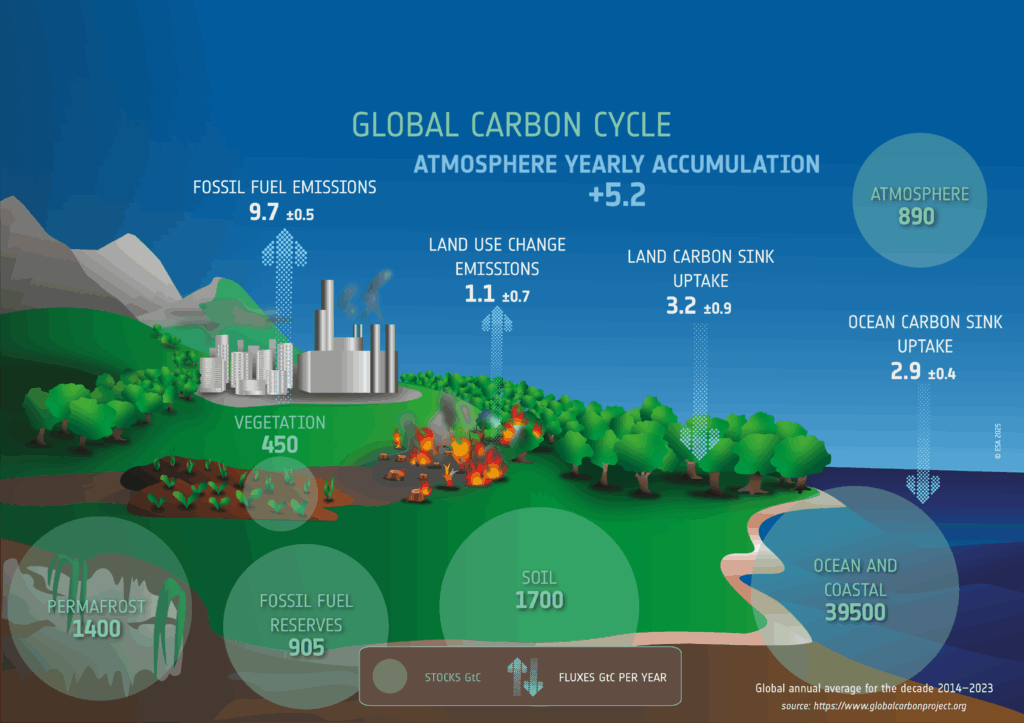The 2024 BIOMASS Summer School (21–25 October, Jena) focused on biomass and the carbon cycle, with lectures and hands-on sessions on ESA’s BIOMASS mission, SAR remote sensing, and ecosystem monitoring. Hosted by the Max Planck Institute for Biogeochemistry, it brought together experts and early-career scientists to advance methods for measuring, modeling, and understanding global biomass dynamics.
The presentation given by Siyuan Wang (Max Planck Institute for Biogeochemistry Jena) examines how disturbances such as fire, drought, windthrow, and insect outbreaks affect forest biomass and carbon stocks. It shows that disturbance regimes, defined by frequency, extent, and intensity, shape long-term spatial biomass patterns. Using statistical features of biomass data together with carbon cycling models and machine learning, disturbance regimes can be predicted from both simulated and remote sensing observations. The study concludes that high-resolution biomass data provide strong insights into disturbance dynamics, though some biases remain between simulations and real-world observations.

By loading the video, you agree to YouTube’s privacy policy.
Learn more



Responses